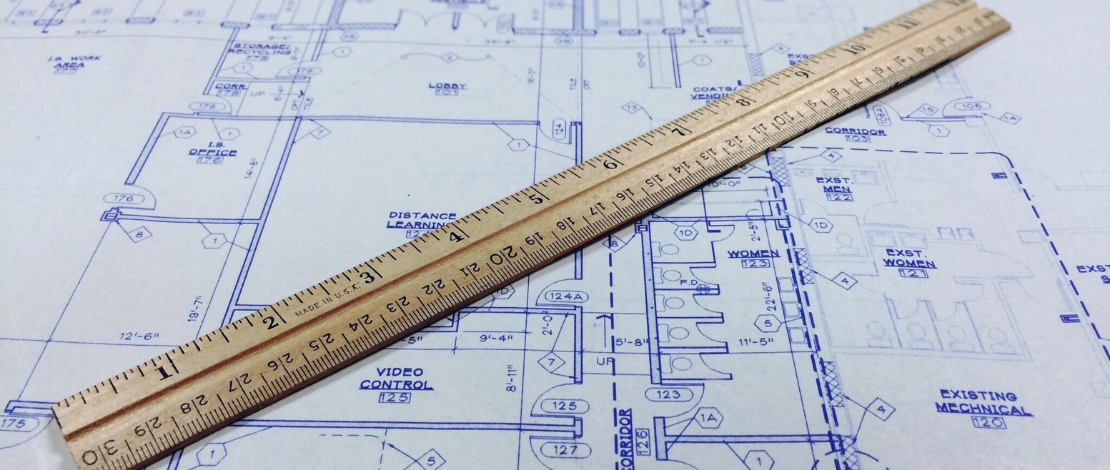National Day of Relaxation is designed to remind us that stress is optional and deep breaths are free. While many workplaces resemble a high-speed treadmill with a missing stop button, HR knows that relaxation isn’t just a luxury—it’s a strategy.
Contrary to popular belief, HR doesn’t thrive on chaos. We don’t wake up in the morning and think, Let’s make today as stressful as possible! In fact, our job is to create a workplace where relaxation isn’t just a once-a-year holiday but an actual, everyday possibility.
So, while the world scrambles to figure out how to relax today, HR is over here already implementing the blueprint.
HR’s Guide to a Frenzy-Free Culture
HR doesn’t just survive in the storm; we prevent the storm from happening in the first place. Here’s how:
1. Clear Policies = Fewer Fire Drills
Ever notice how workplaces with clear expectations and well-communicated policies tend to have fewer meltdowns? That’s not a coincidence. HR makes sure PTO isn’t a mystery, workloads are manageable, and nobody has to “check with three different people” just to take a lunch break.
Relaxation thrives in a culture where people aren’t constantly putting out fires they didn’t start.
2. Boundaries Are the Ultimate Stress-Reducer
HR is the department that gently (or firmly) reminds everyone that urgent doesn’t mean immediate, and work-life balance isn’t just a trendy phrase—it’s a necessity.
- It’s 10 PM? That email can wait.
- Working through lunch again? Let’s talk about sustainable workloads.
- PTO guilt? No, absolutely not. Take the vacation, and don’t check your email.
Frenzy is optional. Boundaries are policy-backed relaxation.
3. Conflict Management = Preventative Relaxation
Few things disrupt the calm like unresolved tension. That’s why HR doesn’t let issues simmer until they become a full boil. We create open-door cultures where concerns are addressed early, not when they’ve snowballed into “HR needs to get involved” territory.
(Translation: Relaxation is a lot easier when you’re not dreading running into “that person” from Accounting in the breakroom.)
4. Normalizing Breaks & Mental Health Days
The best workplaces normalize relaxation year-round, not just on a designated holiday. HR makes sure:
- Employees actually take their PTO instead of hoarding it like gold.
- Work isn’t a competition of who can look the busiest.
- Nobody has to whisper the words “mental health day” like it’s a secret.
HR sets the expectation that rest isn’t earned through burnout—it’s part of doing good work.
While Others Scramble, HR Steadies the Ship.
While some departments spend National Day of Relaxation trying to squeeze in five minutes of mindfulness between frantic meetings, HR is the steady hand on the wheel.
We’ve seen what an unrelaxed workplace looks like—and we’re committed to building something better. Not just today, but every day.
So, if you’re feeling frazzled, overworked, or like relaxation is a nice idea for someone else, take a page from HR’s playbook:
- Set clear expectations.
- Respect your boundaries.
- Address problems early.
- Take your PTO.
- And for the love of all things good, stop answering emails at 10 PM.
Happy National Day of Relaxation—or, as HR prefers to call it, “Tuesday.”

